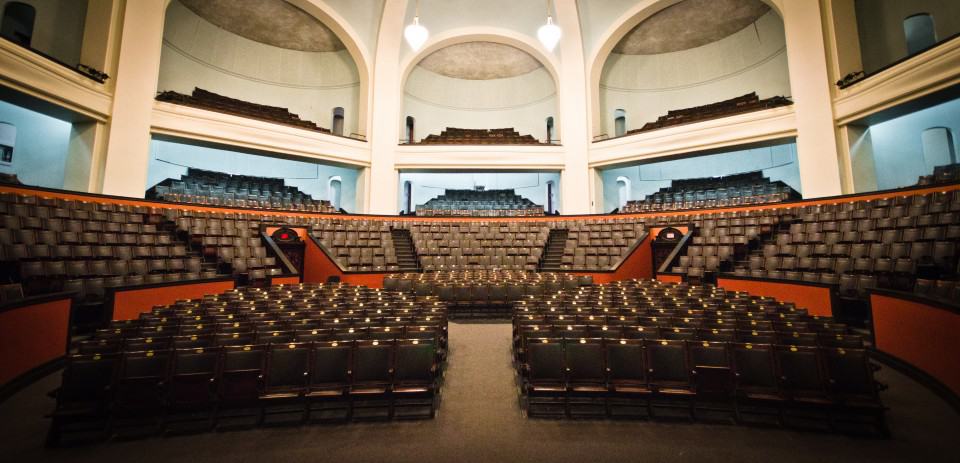If you’re like me, you have probably taken a class in Con Hall. It’s a lovely building and hosts some very interesting professors — it also holds classes of 1400 people, a size at which it can be almost impossible to learn. However, unlike many students at U of T, I was lucky enough to be part of the Vic One program in my first year. Vic One is part of an initiative undertaken by Victoria College to get students into small classes during their first year. Similar programs, such as Trin One and UC One, have been undertaken by Trinity and University College.
My experience in the Vic One classroom versus my experience in Con Hall is one that I have to assume is typical. I excelled, like most of my peers, when I got the close, focused interaction with a professor that only a small class can offer. Conversely, I performed very poorly in a class in which I could block the professor’s entire body out with my thumb.
I have a friend who is lucky enough to be attending Harvard University — let’s call him D. A short while ago, another friend, who we’ll call S, marvelled at how much better D was performing at Harvard, while also being heavily involved in athletics and clubs, than S was, despite going to (what one would presume to be) a less rigorous university than Harvard. S is by no means less intelligent than D; in fact, S won many more and more prestigious scholarships than D did. Yet somehow Slagged behind at a prestigious Canadian university while D excelled at the most elite institution in the world
To me, the reasons were abundantly clear. D had once told me that his largest class at Harvard had only 21 people. Harvard’s total undergraduate population is just over 7000, while U of T’s is over 33,000. Having taken part in Vic One, I knew that it was, in fact, easy to excel when you were interacting closely with the professor — having conversations, delving into topics of interest, discussing more closely the aspects you haven’t quite grasped. D’s Harvard classes were even smaller and, therefore, more involved than my Vic One classes, which, in turn, were much smaller than S’s 100+ person lectures. This was the case because Harvard has decided to be the best university in the world. This means that it not only has to attract the best students from around the world, but it also needs to nurture them carefully to ensure they excel at school and, therefore, at their endeavors once they graduate.
This decision, however, comes with a price — a price Harvard deems acceptable but which U of T’s student population may not. Small classes mean one thing: higher tuition. Either more professors are hired or fewer students are accepted, but both require higher tuition fees be paid to offset the cost.
Studies have shown that children who attend pre-school excel once they enter elementary school. However, their advantage disappears by grade five if they experience large classes and poor quality teaching. They may get a head start, but it means little in the long-run to their success. The only way to ensure children succeed is to maintain a consistency of close teacher interaction throughout their education.
This is surely much the same in university. Students lucky enough to experience small classes in first year will excel, but as huge lecture halls consume them, their advantage all but disappears. This suggests that the current ‘One’ courses should be extended through the upper years at U of T. Indeed, Victoria College has just introduced Vic Two, a second year addition to their Vic One program. However, this will be a costly undertaking for a program that can only accept a handful of students each year.
So we need to decide what the trade-off will be: are we going to be a university focused on small classes, grooming students to excel both inside and outside of university, but hiking up tuition and limiting access as a result? Or will we be focused on accessibility, ensuring tuition fees are low so that as many students can take part in a U of T education as possible, yet sacrificing the size of classes and, ultimately, the quality of that education? It is by no means an easy decision, but it is one that U of T and its student population will have to make.


